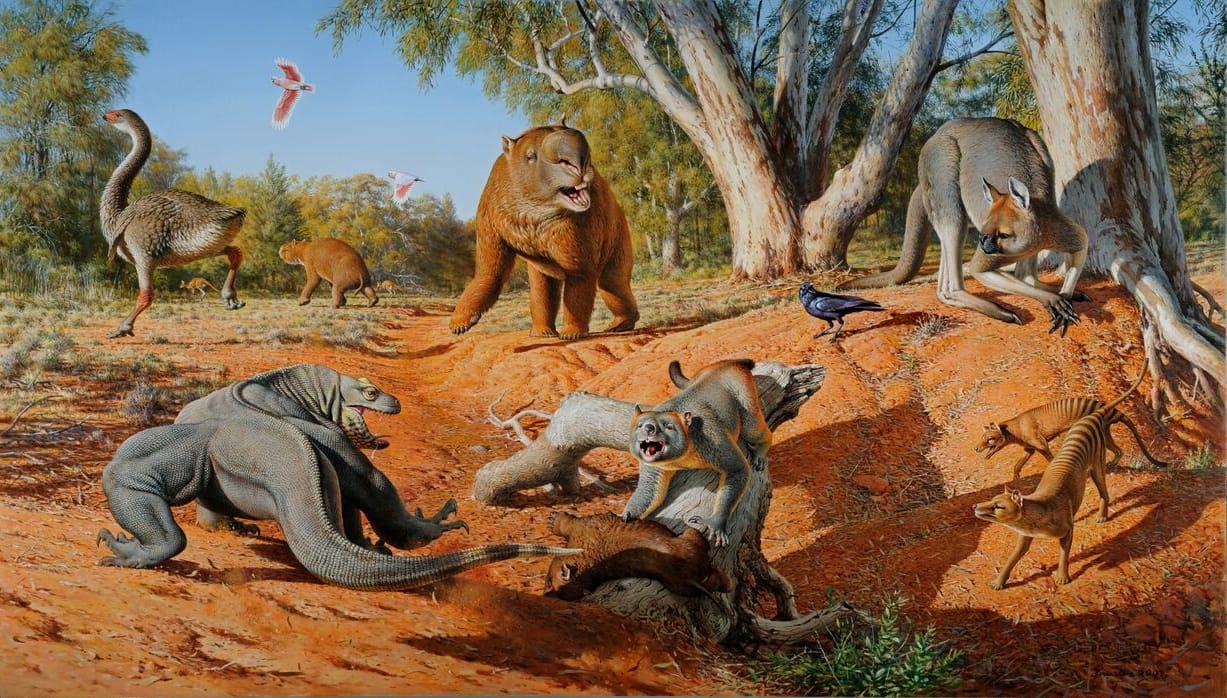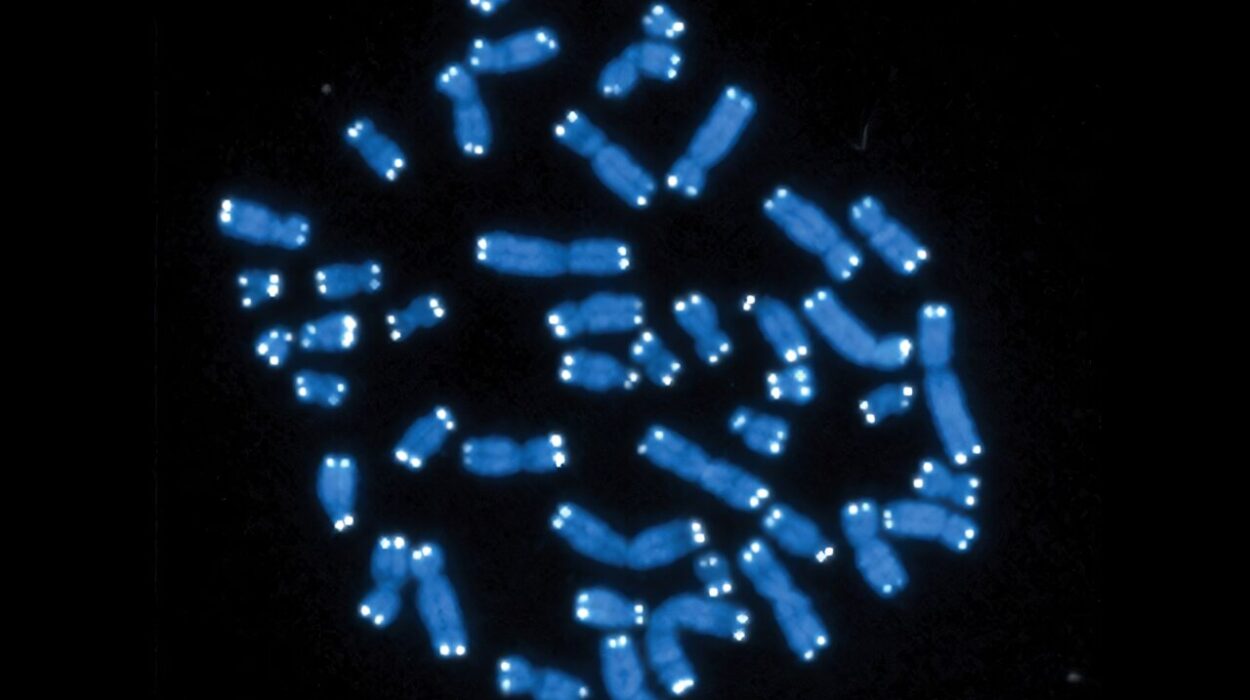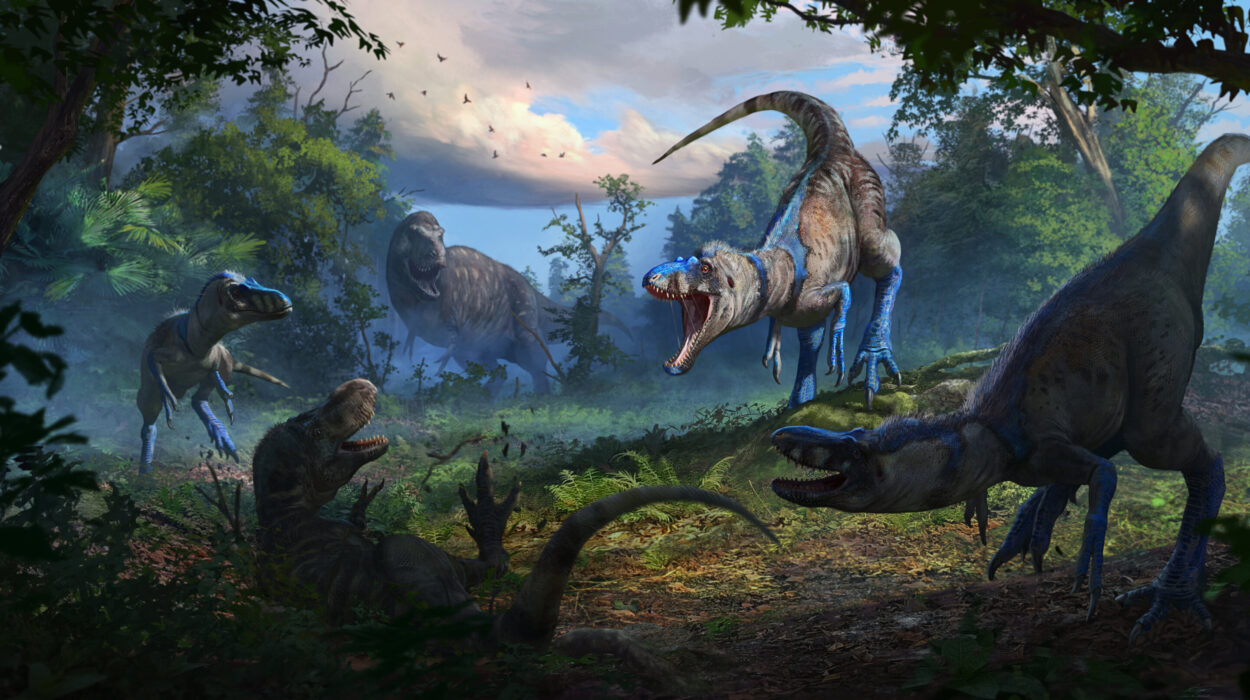Long before cities rose from stone or steel and humanity carved its mark upon the Earth, the planet was a world of giants. Mammoths trudged across the tundra like living monuments. Saber-toothed cats stalked prey beneath boreal trees. Giant sloths moved slowly but inexorably through the underbrush, and armored glyptodonts—resembling living tanks—rolled over the ancient plains. This was the age of the Ice Age megafauna, and it was as vibrant and complex as any epoch since.
But they are gone now, vanished like a breath in the wind. In their place remain the bones—fossils of jawbones, teeth, skulls, femurs, tusks, and even entire skeletons frozen in time. From these, we piece together the story of their world. Fossils, silent though they may seem, are anything but mute. They speak volumes—if we know how to listen. They are letters from the past, etched not in ink but in mineral and ice, awaiting decipherment.
What, then, do these fossils truly tell us about the colossal creatures that once roamed our Ice Age Earth? They tell us everything: what these animals looked like, how they lived, where they traveled, what they ate, how they interacted, and, perhaps most hauntingly, how they died.
Bones in the Cold: A Map of the Megafauna World
The Pleistocene Epoch, commonly known as the Ice Age, spanned from about 2.6 million to 11,700 years ago. During this time, glaciers periodically expanded and retreated, covering vast portions of the northern continents. These changes sculpted the land into new forms—glacial valleys, vast plains, frozen tundras—and created shifting mosaics of ecosystems.
In this world, evolution gave rise to megafauna—giant animals adapted to extreme conditions. But the picture of this ancient world is not drawn from living witnesses. It’s drawn from fossils. And these fossils are not scattered randomly. They are buried in patterns that reflect ancient ecosystems. From the mammoth graveyards of Siberia and Alaska to the La Brea Tar Pits of California and the cave systems of Europe, fossils serve as a map of the world that was.
Take the La Brea Tar Pits, for instance. This natural trap in the heart of modern Los Angeles has preserved tens of thousands of Ice Age fossils, including saber-toothed cats, dire wolves, and mammoths. Animals were lured by the promise of water or wounded prey and then ensnared by sticky asphalt that oozed from underground. As they struggled, predators came to feast—and they too became victims. Over time, layer upon layer of death built up, preserved in perfect detail.
In Siberia and the Yukon, permafrost has preserved mammoth remains so completely that scientists have recovered not just bones, but skin, muscle, hair, and even stomach contents. These finds offer an unprecedented glimpse into the biology of extinct animals—what they looked like, what they ate, and what diseases they carried.
Through these frozen windows, we begin to reconstruct not just the lives of individual species, but the entire ecosystems of the Ice Age.
Megafauna and Their Majestic Adaptations
The term “megafauna” typically refers to animals larger than 100 pounds (about 45 kilograms), but many Ice Age species far exceeded this. The woolly mammoth, Mammuthus primigenius, for example, could reach up to 14 feet tall at the shoulder and weigh more than 10 tons. These titans were not just large for the sake of size; they were exquisitely adapted to their environment.
Fossils reveal thick, layered molars in mammoths—designed to grind the tough, fibrous grasses of the steppes. Isotope analysis of their teeth even tells us what they were eating seasonally, showing dietary shifts between summer and winter. Their curved tusks, sometimes stretching 15 feet long, may have been used not only in combat and display, but also for sweeping away snow to access buried vegetation.
Then there’s the woolly rhinoceros, Coelodonta antiquitatis, another denizen of the cold. Its fossils show a massive nasal hump—likely used to support a thick pad of muscle that anchored a heavy horn. This, scientists believe, was used to clear snow or fend off predators.
Saber-toothed cats like Smilodon fatalis tell an entirely different tale—of ambush and raw power. Their fossils show muscular, compact bodies with short limbs and elongated canines designed to pierce the throats of large prey. Analysis of their limb bones suggests they were not built for long chases, but sudden, explosive attacks.
And let’s not forget the lesser-known, though no less impressive, megatherium—the giant ground sloth. Fossilized skeletons show curved claws nearly a foot long. Though primarily herbivorous, these claws were likely used to pull down branches, dig for roots, or defend against predators.
Each fossil is a biological diary. From shape and structure to wear patterns and trauma scars, they tell us how these animals survived in the harsh climates of the Pleistocene—and how they adapted as the ice advanced and retreated over millennia.
Fossil Footprints and Frozen Dung: Signs of Life and Behavior
Sometimes, fossils aren’t bones at all. Trace fossils—such as footprints, burrows, and even coprolites (fossilized dung)—offer insights that bones alone cannot. They capture moments in time: the path a mammoth herd took across a frozen plain, the size of a dire wolf’s hunting range, or the foraging habits of a sloth.
In White Sands National Park in New Mexico, scientists uncovered fossilized footprints of mammoths and humans side by side—perhaps even indicating that humans followed these giants, possibly hunting or tracking them. These footprints are more than impressions in sediment; they are moments frozen in time, like photographs from 15,000 years ago.
Coprolites, too, are treasure troves of information. Preserved dung from Columbian mammoths or cave hyenas has been analyzed for pollen, bone fragments, and parasite eggs. From these, scientists can determine not just diet, but disease, digestion, and even the state of surrounding vegetation.
One remarkable find includes the fossilized dung of a Shasta ground sloth from the American Southwest. It revealed that the animal had eaten desert plants like agave—indicating not only what it ate, but how it had adapted to increasingly arid environments during the later Ice Age.
All these indirect clues round out the picture of life in the Ice Age. They tell us how megafauna moved through landscapes, how they interacted, and how they were already responding to environmental changes long before extinction loomed.
Mass Extinction in the Snow: Clues From the Bones
Perhaps the most haunting story told by fossils is how this rich megafauna tapestry unraveled. Between 10,000 and 12,000 years ago, most Ice Age megafauna vanished in what scientists call the Quaternary extinction event. In North America alone, over 70% of large mammal species went extinct. Mammoths, mastodons, saber-toothed cats, giant ground sloths, and many others disappeared forever.
Why? Fossils are the only direct evidence we have to answer this question, and they tell a complex story. Some species show signs of declining health before extinction: shrinking body sizes, reduced range, and lower genetic diversity. Others seem to vanish abruptly, with no signs of gradual decline.
Two major forces are thought to have driven the extinction: climate change and human hunting. Fossils from the end of the Pleistocene reveal rapid shifts in vegetation patterns, as warming temperatures transformed grasslands into forests or wetlands—habitats many megafauna couldn’t adapt to fast enough.
But then there’s the human factor. Fossil sites often show the unmistakable signs of human interaction: butchery marks on bones, stone tools embedded in skeletons, mammoth bones arranged in circular dwellings. In places like North America and Australia, the timing of human arrival and megafauna extinction overlaps suspiciously closely.
Still, there is no smoking gun. The truth likely lies in a devastating combination: changing climate stressed ecosystems, and humans tipped the balance.
Ancient DNA: Fossils With a Pulse
In recent decades, fossils have begun to yield not just bones and impressions, but DNA—genetic blueprints preserved in the cold. Ancient DNA extracted from bones and teeth has allowed scientists to sequence genomes of extinct species, giving us unprecedented insight into their biology, evolution, and relationships.
From mammoth DNA, we’ve learned about their adaptations to cold: genes that influence fat storage, hair growth, and hemoglobin function. We now know that the woolly mammoth and the Asian elephant are close relatives, diverging about 6 million years ago.
Even more tantalizing are the stories of decline embedded in this DNA. Woolly mammoth genomes from later populations—such as those on Wrangel Island in the Arctic—show signs of inbreeding, deleterious mutations, and reduced fertility. Their genetic clock was ticking. Fossils with this kind of data do not just tell us who these creatures were; they tell us how they died from the inside out.
This field has even birthed the controversial dream of de-extinction—using ancient DNA to revive extinct species. While efforts to resurrect the woolly mammoth through cloning or gene editing are ongoing, they raise deep ethical and ecological questions. The fossils may speak, but should we act on what they say?
A Changing World, A Changing Story
One of the most remarkable things about fossils is how they keep speaking as our tools to interpret them evolve. Every year, new imaging technologies, geochemical analyses, and genetic techniques unlock new chapters in the story of the Ice Age megafauna.
For example, microCT scans of fossil teeth now allow us to see how enamel formed seasonally, revealing patterns of growth, stress, and diet. Radiocarbon dating, once limited to only a few materials, now paints more precise timelines of extinction. Proteomics—the study of ancient proteins—can identify species where DNA has degraded beyond recovery.
In short, our understanding of Ice Age megafauna is not static. Like the animals themselves, it is alive—growing, shifting, and adapting as new evidence emerges. Fossils may be ancient, but the questions we ask of them are thoroughly modern.
Echoes Into the Future
Why does this matter now? After all, the mammoth is gone. The saber-toothed cat will never stalk the plains again. Why study the fossils of dead giants?
Because the story of the Ice Age megafauna is not just a story of the past. It is a mirror. Today, we face our own climate crisis. Species are vanishing. Ecosystems are shifting. And once again, human actions are a central force in this change. Fossils offer a warning, etched in stone and bone: extinction is real, rapid, and often irreversible.
But they also offer hope. By understanding how these great creatures lived, adapted, and ultimately vanished, we gain insight into how to protect what remains. Fossils show us not just what we’ve lost, but what we still have to save.
They also remind us of wonder. That once, in our shared world, there were tusked behemoths, sabered hunters, giant armadillos, and sloths the size of cars. That we are not the first to walk the Earth with giants—and that the Earth is old, resilient, and still full of stories.
The Last Mammoth and the Human Heart
One of the final populations of woolly mammoths survived on Wrangel Island off the coast of Siberia until about 4,000 years ago—around the time the Egyptian pyramids were being built. These were the last of their kind, living on an isolated island, far from the ice age that had shaped them.
Their bones remain. Some still have the scent of hair and flesh in the cold. And when scientists dig them from the permafrost, they do so with reverence. Because these fossils are not just science. They are poetry. They are the memory of a world where giants walked, and where we, too, began to shape the planet.
In the end, fossils don’t just tell us about the megafauna of the Ice Age.
They tell us about ourselves.






